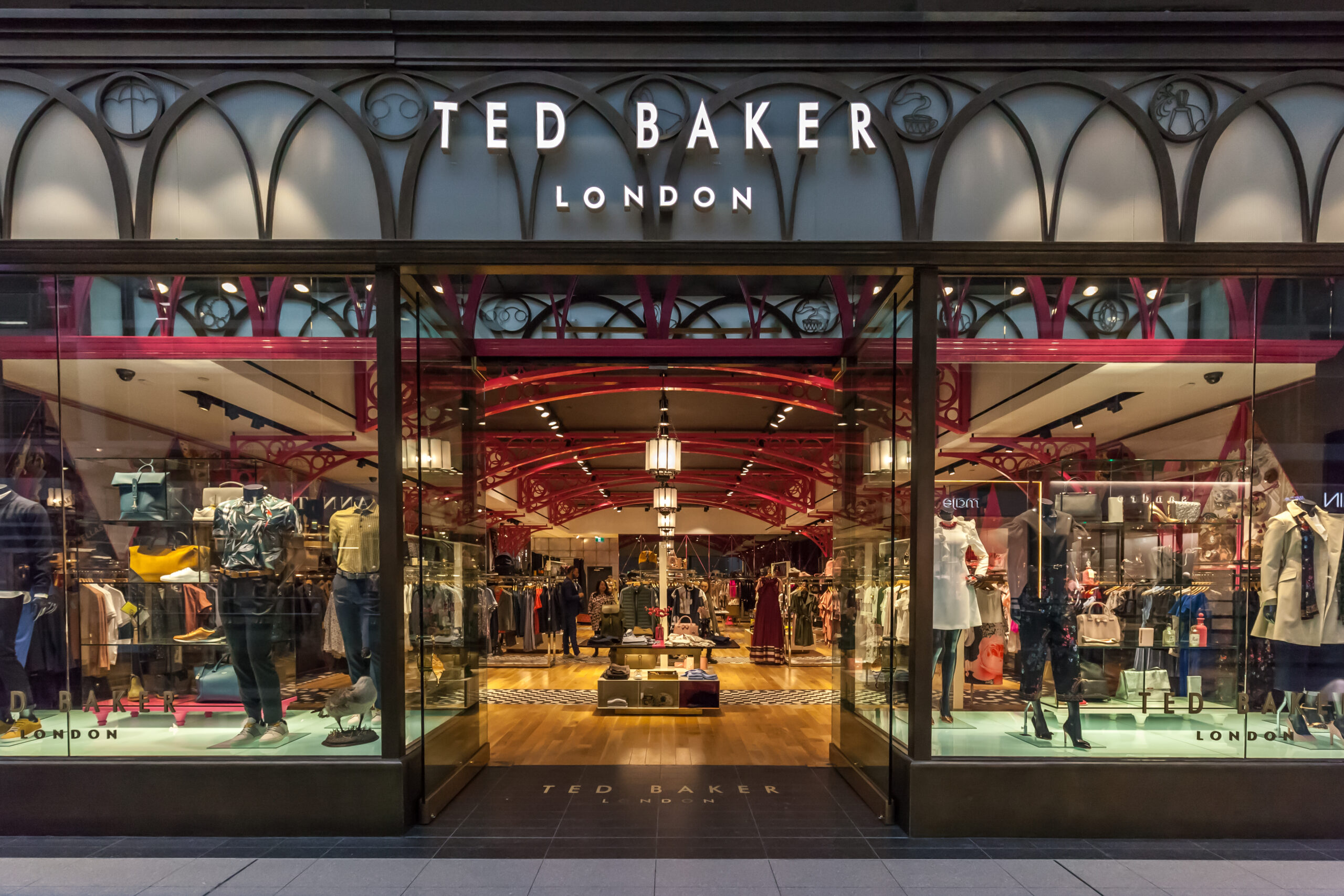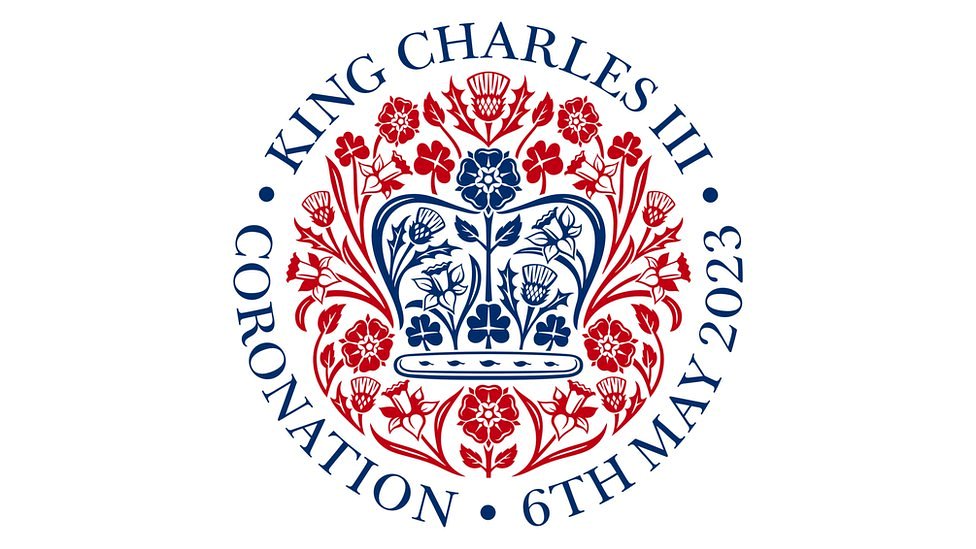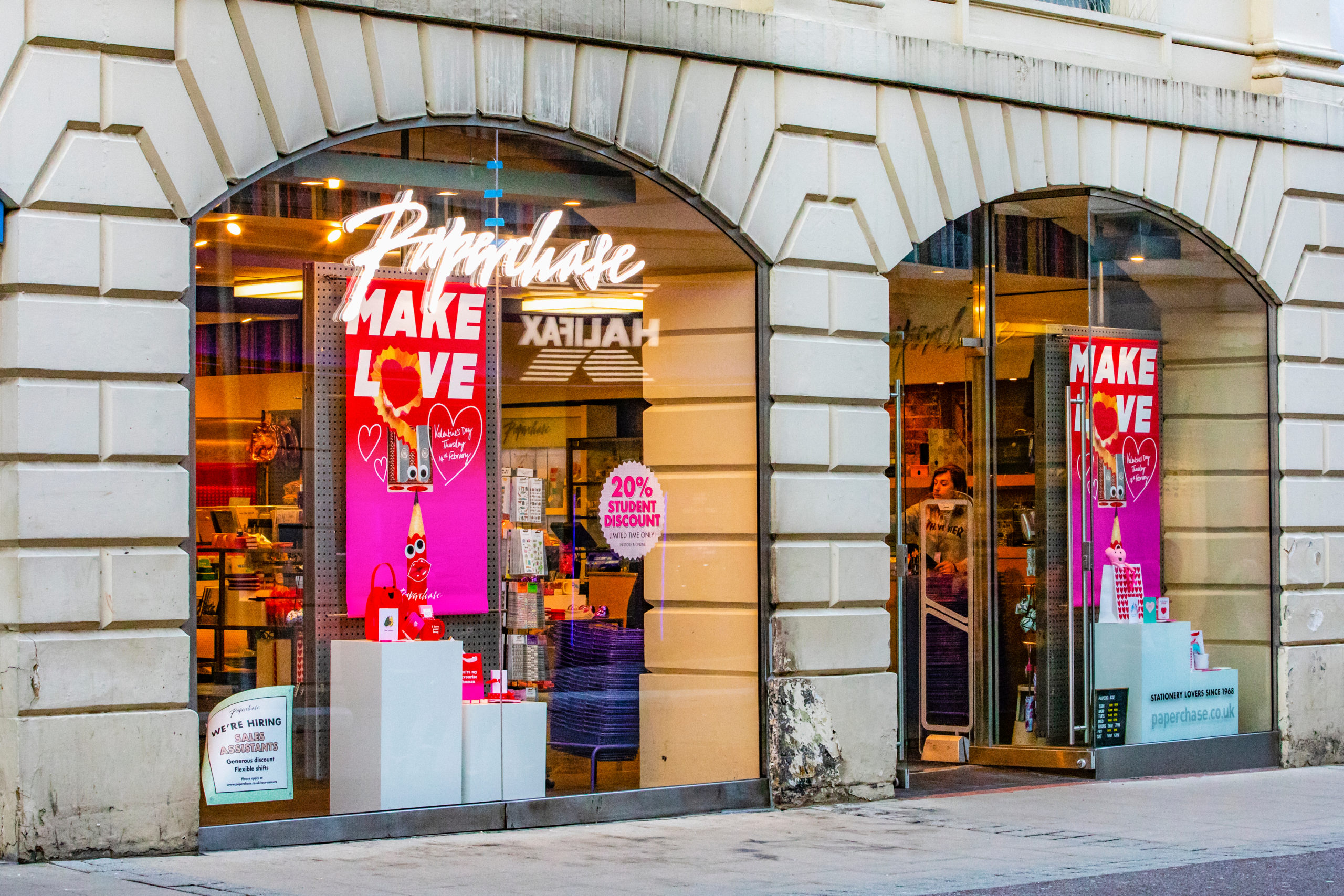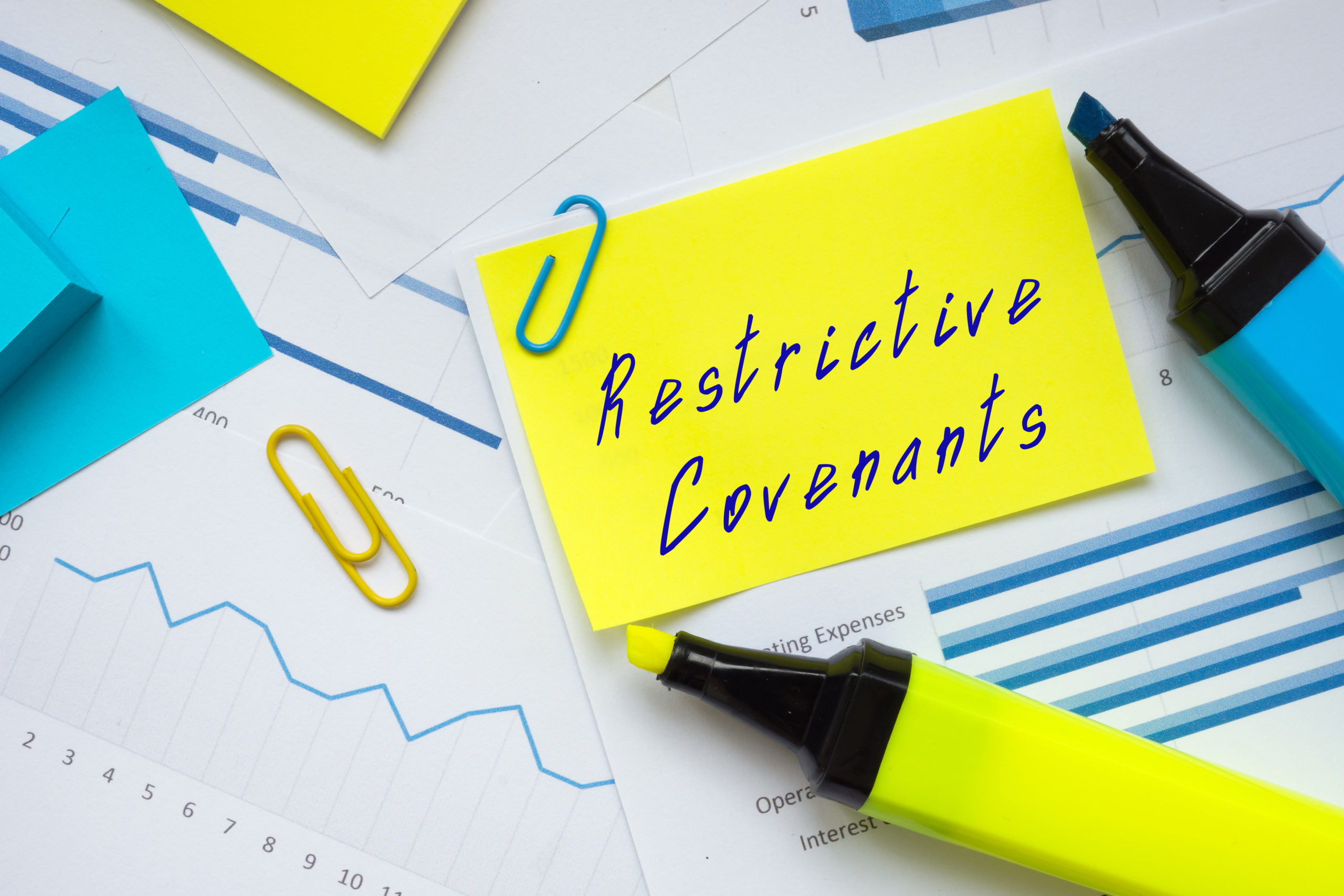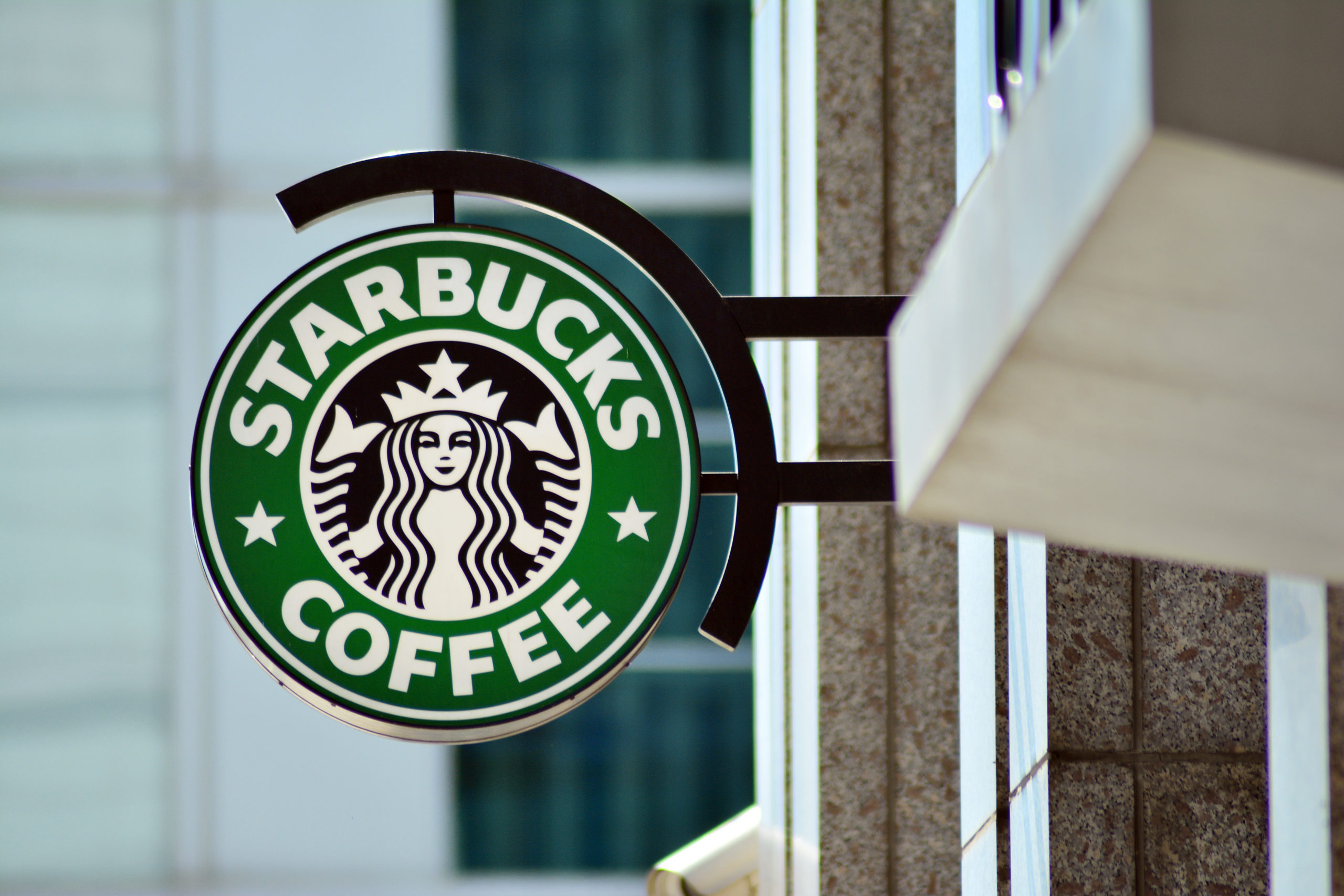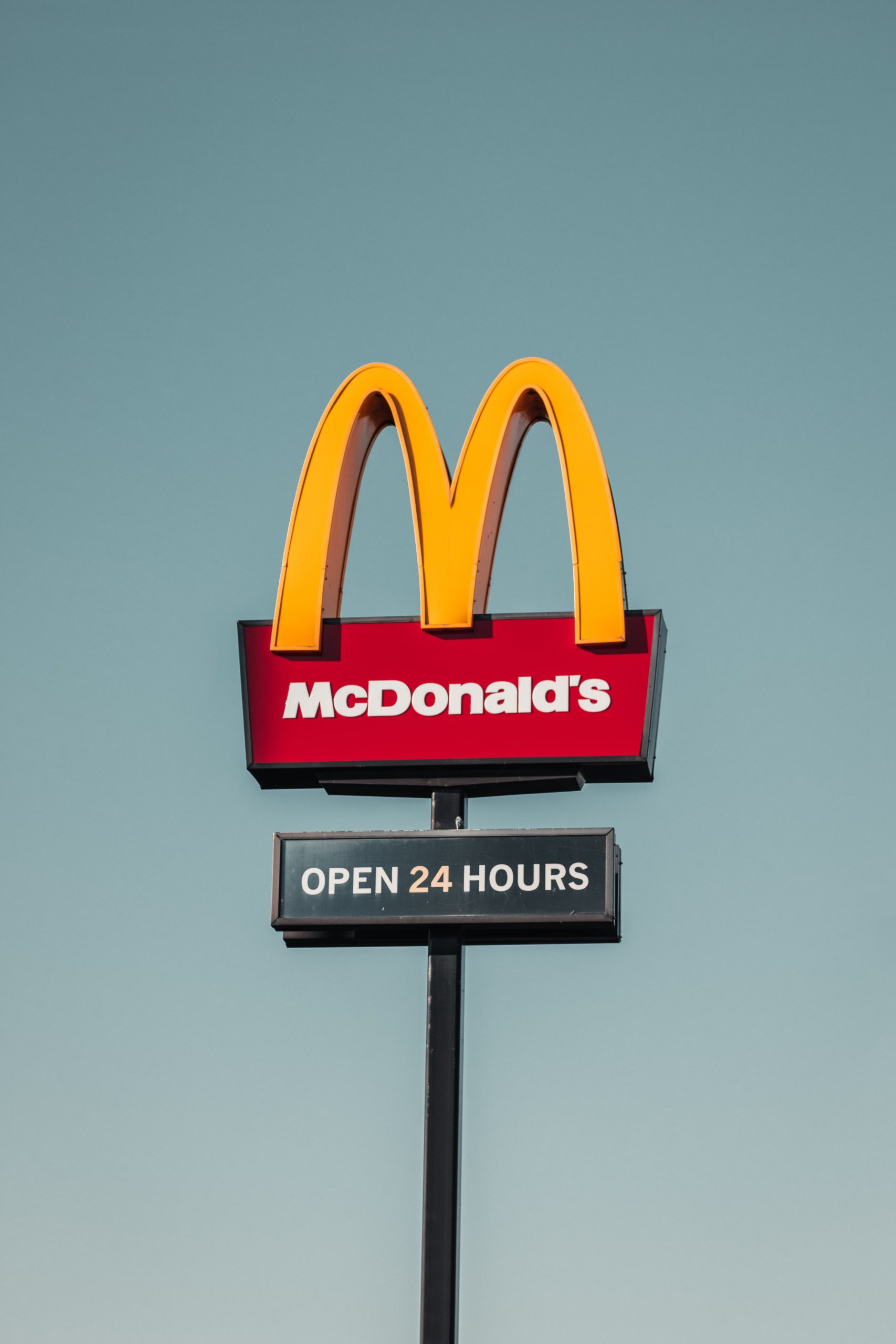The ASA steps up its tactics to ensure unruly influencers comply with ad rules
In this blog post, James Corlett and Molly Hackett of our commercial team look at the growing mood to regulate influencers and discuss how stronger regulation is impacting the influencer space.
Love Island stars have been called out for failing to disclose paid-for posts and ads to their online following.
The Advertising Standards Authority (ASA) continue to clamp down on influencer marketing and promotional content by having recently launched a two-week campaign consisting of “targeted ads to highlight the breaches of six social media personalities to the very same audience they’re seeking to influence”. Love Islanders Jess Gale, Eve Gale and Belle Hassan are included in the campaign for consistently failing to disclose the origin of the posts. In upholding the body’s values of transparency and honesty, the ASA state that “its important social media followers are told” about how these influencers are operating.
Influencer marketing is now a well-established and widely recognised strategy that has transformed modern marketing. Engaging influencers through collaboration, sponsorship or ambassadorship has enabled businesses to effectively advertise their products, reach their target audience and expand their online presence and brand awareness on an enormous scale.
Brands are keen to ensure that the influencers they engage with are adequately and visibly promoting their brand by tagging the brand, describing their products or services and hopefully encouraging thousands of purchases based on the promotion.
However, the ASA is flexing its muscle in an attempt to crackdown on misleading marketing, particularly via social media channels such as Instagram and TikTok, which cater for a demographic who often find it difficult to distinguish from independent editorial or organic user-generated content.
The Code
The ASA’s ‘CAP’ Code is comprised of a set of rules that apply to many forms of advertising where there is payment to the individual for their service and brand editorial control. Although the ASA will not take action where there is no editorial control, the Competition and Markets Authority (CMA) will expect influencers to disclose when they’ve received payment, commission or any form of incentive for posting the content.
The Code is designed to reflect the law in which many of its provisions correspond with, such as failing to state commercial intent and avoiding unfair commercial practice.
What it means
The overarching principles are firstly that advertisements must be obviously identifiable. For example, the ASA has found that understanding of the term “affiliate” was particularly low amongst consumers. An instance involving ASOS saw that an Instagram story containing this term was not sufficient for the content to be recognisable as an ad.
Secondly, the ad must not mislead a consumer, or be likely to do so. Caution should be taken when using words such as “free” and exaggerating an offer, as well as product information relating to pricing, guarantees and availability. The ASA recently passed decisions on three influencer posts in relation to the use of media filters with a purpose to exaggerate their appearance and airbrush their skin, and subsequently deliver a misleading impression of the performance of the relevant beauty product. Not only will this discourage misleading ads, but it will also welcome transparency within the industry and encourage normalising beauty standards. An issue which has been increasingly damaging with the prominence of glamourised influencers and this exposure to younger generations who are active online.
Molly-Mae
Even in instances where paid-for posts or ads have not taken place, the ASA have picked up on promotional marketing that it found had not been administered fairly. This was the case in Molly-Mae Hague’s lavish prize giveaway of goods amounting to £8,000, which included products from Apple, Louis Vuitton and her own tanning brand, Filter by Molly Mae, in which the super influencer stated, “NO SPONSORS ALL FROM ME!”. Rather unsurprisingly the response and reach of the giveaway post was phenomenal; over one million people liked the post and almost three million people commented, as requested to be in for a chance of winning the giveaway.
Although Ms Hague said the giveaway was not created to engage with a brand or product, the Instagram post required individuals to follow her tanning brand. Along with the giveaway including her tanning products, this was seen as promotional content under the Code. As a result, the ASA decided that the giveaway had been decided unfairly with it becoming apparent that only 100 entries had been considered out of the few million.
What’s next?
The ASA’s decision to launch a campaign exposing re-offenders shows a step up from the regulatory body’s usual sanctions and listing of influencers who consistently breach the Code. It will be interesting to see the response to the campaign and establish whether its message will have an impact on the consumers that are currently engaging with these influencers. Its true effect on the market remains to be seen, but is obviously an attempt to ‘nudge’ the market towards compliance by education as opposed to punishment. If you are an influencer or a brand that uses them to promote your business, it would be sensible to take note of the rules as the spotlight continues to be focused on this area or ask our expert Commercial Team to help review your arrangements and adverts.




